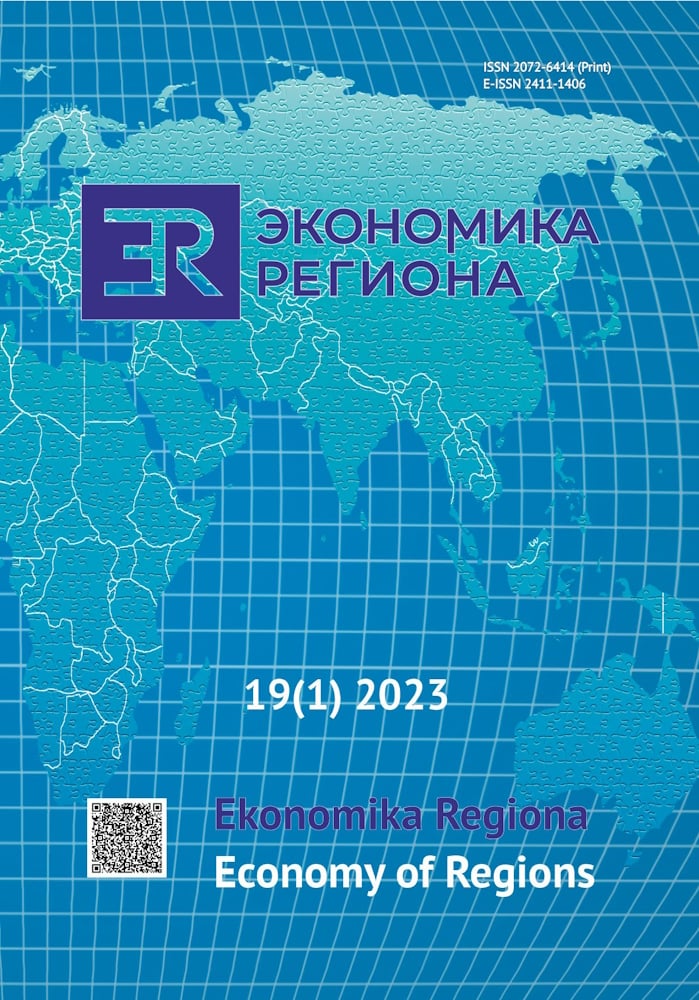Dynamics and Regional Features of Labour Market Recovery During COVID-19
DOI:
https://doi.org/10.17059/ekon.reg.2023-1-7Keywords:
regional labour markets, employment, unemployment, pandemic, labour market failures, labour market recovery, labour demand, wages, employment policyAbstract
The imbalance between labour supply and demand, both by types of economic activity and by professional groups, differs in Russian regional labour markets, causing long-term unemployment and impoverishment of the population. The article examines the transformation of the labour market, regional characteristics of market failures and its recovery during the COVID-19 pandemic. Based on sample surveys of the labour force conducted by the Federal State Statistics Service, we determined monthly unemployment dynamics and, subsequently, the vulnerability and instability of regional labour markets. It is hypothesised that the stronger the contraction of employment and the greater the unemployment, the longer the process of labour market recovery during the pandemic; regions recover from the crisis at different speeds. Indicators of the intensity of labour market failures and its recovery are proposed. Since the pandemic is a peculiar phenomenon that affected the economy and society, human behaviour in the labour market, the concept of excessive unemployment was used (the difference between actual unemployment and its pre-pandemic level). We performed a correlation analysis of the relations between labour market failures and its recovery in four groups of regions characterised by different labour market fluctuations. The calculated Spearman’s coefficients showed a positive relationship between the indicators. The depth of labour market failures and its recovery rate in regions with developed infrastructure, attracting labour migrants, are revealed. A positive relationship was established between the unemployment dynamics and the increase in vacancy rate reported by employers to employment agencies, increase in the average monthly salary. This article presents the results of the first research stage. Further studies will expand the time series of employment and unemployment in order to identify long-term trends and build a forecasting model.
Downloads
Published
How to Cite
Issue
Section
License
Copyright (c) 2023 Анатолий Топилин, Ольга Воробьева

This work is licensed under a Creative Commons Attribution 4.0 International License.




